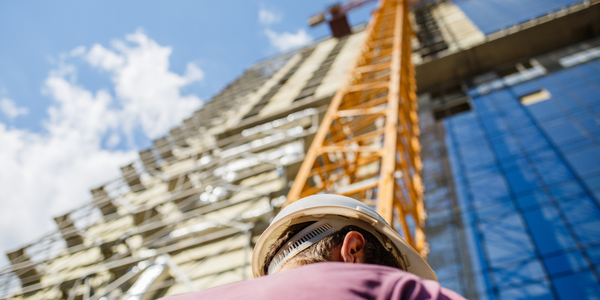Mixed Reality

Mixed Reality implements digital information to enhance the real environment, and allows the users to interact with digital information or object in the same way as in the real world, thus making the environment richer and closer to reality. MR not just overlays the object, but also able to anchor it to the real world.In the industry sector, the Mixed Reality can be used for production assistance, training assistance, remote assistance, On-field support, and Customer onboarding experience.
Enhanced Product Visualization: Mixed Reality enables businesses to create immersive experiences for showcasing products and services. By overlaying digital content onto the physical world, businesses can provide customers with realistic simulations and interactive demonstrations, leading to better-informed purchasing decisions.
Remote Collaboration: Mixed Reality facilitates remote collaboration by allowing users to interact with digital content and each other in a shared virtual environment. This enables geographically dispersed teams to collaborate on projects, conduct virtual meetings, and co-create designs in real-time, improving communication and productivity.
Developers and Designers: Developers and designers see Mixed Reality as a platform for innovation and creativity. They are excited about the possibilities of creating immersive experiences, interactive applications, and spatial computing solutions that can transform industries and enhance user experiences.
End-Users: End-users value Mixed Reality for its ability to provide engaging and interactive experiences that blur the line between the physical and digital worlds. They appreciate the immersive nature of Mixed Reality applications and the potential for increased productivity, learning, and entertainment.
Head-Mounted Displays (HMDs): Mixed Reality experiences are delivered through head-mounted displays (HMDs) that combine virtual and augmented reality capabilities. These devices use sensors, cameras, and displays to overlay digital content onto the user's field of view, creating immersive experiences.
Spatial Computing: Spatial computing technologies enable Mixed Reality applications to understand and interact with the physical environment. This includes spatial mapping, object recognition, and spatial tracking techniques that enable accurate placement and interaction of digital content within the real world.
Spatial Mapping: Mixed Reality applications use data from sensors and cameras to map the physical environment and create a virtual representation of the space. This spatial mapping enables accurate placement of digital content and interactions within the real-world context, enhancing realism and immersion.
User Interaction Data: Mixed Reality applications collect data on user interactions, gestures, and movements to understand user behavior and preferences. This data helps developers optimize user interfaces, tailor experiences to individual users, and improve overall usability and engagement.
Hardware Integration: Mixed Reality solutions require specialized hardware, such as headsets, sensors, and input devices, to deliver immersive experiences. Deployment involves selecting and configuring the appropriate hardware components to meet the specific needs of the application and users.
Software Development: Mixed Reality applications are developed using specialized software development kits (SDKs) and tools that enable developers to create immersive content, user interfaces, and interactions. Deployment includes testing, debugging, and optimizing the software for performance and compatibility across different devices.



